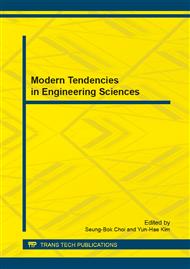p.187
p.191
p.195
p.199
p.207
p.211
p.214
p.218
p.226
A Method to Multi-Sensor Networking for Target Tracking
Abstract:
The acoustic sensor networking is an important research topic in multi-sensor target tracking system. An acoustic sensor network consists of multiple acoustic sensors which are located in fixed positions with specific deployment mode. It can improve the robustness and fault-tolerance of the target tracking system, especially when a single or few sensors do not work normally with some faults. This paper discusses the acoustic sensor detection model and gives a method to sensor deployment for target detection in target tracking system.
Info:
Periodical:
Pages:
207-210
Citation:
Online since:
February 2014
Authors:
Price:
Сopyright:
© 2014 Trans Tech Publications Ltd. All Rights Reserved
Share:
Citation:


